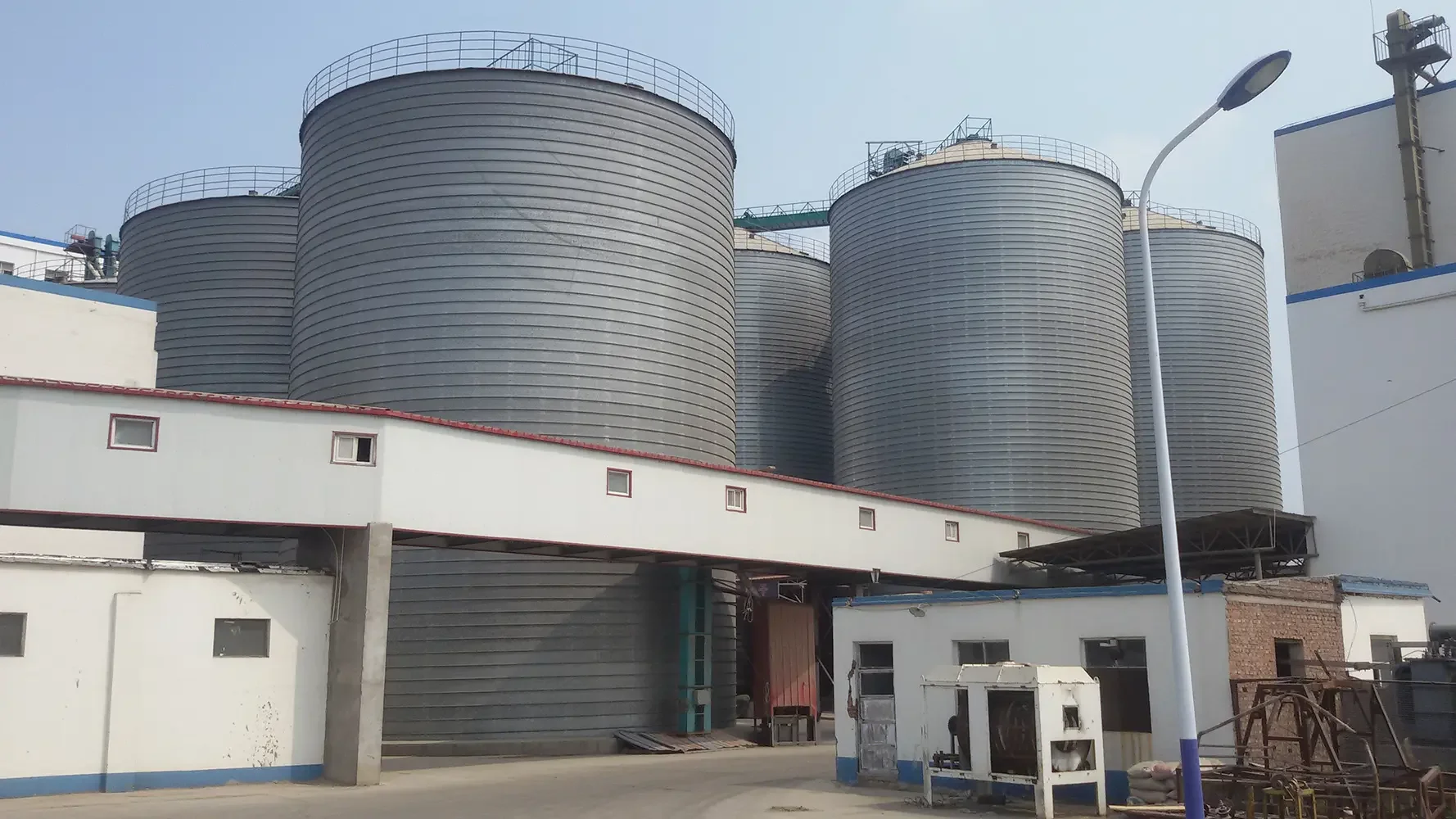In an era where mobility is paramount, understanding the safety of various transport modes is crucial for both individuals and policymakers. As we traverse the globe, the question arises: What is the safest form of transport? This inquiry not only encompasses statistical data but also involves an analysis of various factors, including technology, infrastructure, and human behavior. In this article, we will explore the safety records of different transport modes, delve into the underlying reasons for their safety ratings, and provide practical insights for travelers and transport planners alike.
Understanding Transport Safety: A Statistical Overview
Transport safety can be quantified through various metrics, including fatalities per mile traveled, accident rates, and injury statistics. According to data from the National Safety Council and the World Health Organization, the following modes of transport are often highlighted for their safety records:
- Air Travel: Statistically, commercial aviation is one of the safest modes of transport. The International Air Transport Association (IATA) reports that the odds of a passenger dying in a plane crash are approximately 1 in 11 million. This remarkable safety record can be attributed to rigorous regulatory standards, advanced technology, and comprehensive training for pilots and crew.
- Rail Transport: Trains also boast a strong safety record, particularly in countries with well-maintained rail infrastructure. The Federal Railroad Administration (FRA) indicates that rail travel is significantly safer than road travel, with a fatality rate of about 0.43 deaths per billion passenger miles, compared to 7.3 deaths per billion passenger miles for cars.
- Maritime Transport: While maritime accidents can be catastrophic, modern shipping vessels are equipped with advanced navigation and safety systems. The International Maritime Organization (IMO) emphasizes that the overall safety of commercial shipping has improved dramatically over the past few decades, with a notable decline in maritime accidents.
- Public Transit: Buses and subways are generally safer than personal vehicles. According to the American Public Transportation Association (APTA), public transit riders are 10 times less likely to be involved in a fatal accident than those traveling by car.
- Cycling and Walking: While these modes are often considered less safe due to the vulnerability of the traveler, they can be made safer through infrastructure improvements, such as dedicated bike lanes and pedestrian-friendly urban planning.
Factors Influencing Transport Safety
The safety of each transport mode is influenced by a myriad of factors, including:
- Regulatory Framework: Stringent regulations and oversight play a critical role in maintaining safety standards. Aviation and rail industries, for example, are subject to rigorous inspections and compliance checks.
- Technological Advancements: Innovations such as collision avoidance systems, automated braking, and real-time monitoring have significantly enhanced safety across various transport modes.
- Infrastructure Quality: Well-maintained roads, railways, and airports contribute to safer travel experiences. Investment in infrastructure is essential for reducing accidents and improving overall safety.
- Human Factors: Driver behavior, fatigue, and training are pivotal in determining safety outcomes. Programs aimed at educating drivers and promoting safe practices can mitigate risks.
Practical Insights for Travelers
For individuals seeking the safest travel options, consider the following practical tips:
- Choose Air Travel for Long Distances: When traveling long distances, opt for air travel, which statistically offers the highest safety record.
- Utilize Public Transit: For urban travel, consider using buses or subways, which are generally safer than personal vehicles.
- Stay Informed: Research the safety records of transport providers, whether airlines, rail companies, or bus services, to make informed choices.
- Advocate for Infrastructure Improvements: Support local initiatives aimed at enhancing transport safety, such as better road maintenance and the development of bike lanes.
- Practice Safe Behavior: Whether driving, cycling, or walking, adhere to safety regulations, wear seatbelts or helmets, and remain vigilant.
Conclusion
In conclusion, while no mode of transport is entirely devoid of risk, statistical evidence suggests that air travel and rail transport are among the safest options available. Understanding the factors that contribute to transport safety can empower travelers to make informed decisions and advocate for improvements in infrastructure and regulations. As we continue to navigate the complexities of modern mobility, prioritizing safety will remain a critical consideration for individuals and communities alike.


More Stories
How Global Trade Moves Faster Through Structured Border Compliance?
Seeing More Behind the Wheel Why Truck Backup Camera System Matters
Electric Rescue ATV Vehicle Redefining Rapid Response in Complex Terrain